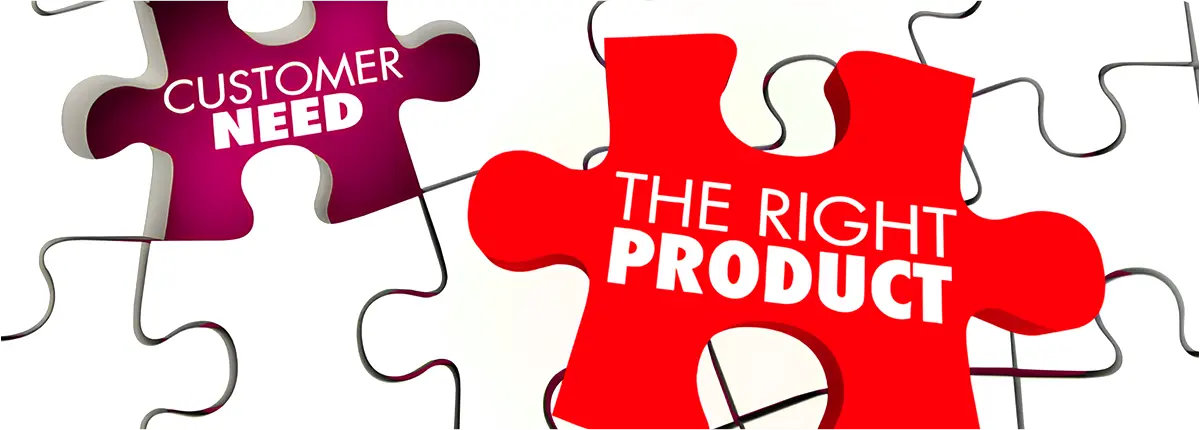The Importance of Fluid Characteristics in Piping Material Selection
In industrial process systems, piping materials are more than just conduits for transporting fluids. They directly influence system reliability, efficiency, safety, and long-term operating costs. While cost and mechanical strength are important, the most critical factor in selecting the right pipe material is the nature of the fluid being transported.
Improper material selection can lead to premature failures, corrosion, high maintenance costs, and even safety hazards. This article explores how fluid characteristics impact material selection, compares common pipe materials, and provides engineering insights to ensure long-lasting piping systems.

HOW FLUID PROPERTIES AFFECT PIPE MATERIAL SELECTION
Each fluid has unique physical and chemical properties that determine material compatibility. The most influential factors are:
- Temperature (T): Materials expand or weaken at elevated temperatures. A pipe must maintain strength and tightness across the entire operating range.
- Pressure (P): Internal pressure resistance is defined by hoop stress, calculated as:
σ = (P · D) / (2 · t)
Where:
σ = hoop stress (MPa)
P = internal pressure (Pa or bar)
D = pipe outside diameter (mm)
t = wall thickness (mm) - Chemical compatibility: Acids, bases, solvents, and chlorinated media require corrosion-resistant materials.
- Presence of solids: Fluids with abrasive particles accelerate erosion and shorten service life.
- Viscosity & density: Higher viscosity fluids increase friction losses, requiring more pumping energy.
COMPARISON OF COMMON PIPING MATERIALS
The table below summarizes the advantages and limitations of frequently used piping materials:
| Material | Advantages | Limitations | Typical Applications |
|---|---|---|---|
| Carbon Steel | High pressure resistance, low cost | Prone to corrosion, heavy | Steam lines, mechanical systems |
| Stainless Steel | Excellent corrosion resistance, high temperature tolerance | Expensive, harder to process | Chemical, food, pharmaceutical plants |
| Copper | Hygienic, easy to fabricate | Poor resistance to acidic media, costly | Potable water, HVAC |
| PVC | Lightweight, inexpensive, easy to install | Limited to low temperature/pressure | Wastewater, drainage |
| CPVC | Higher temperature and chemical resistance than PVC | Limited in very high-pressure systems | Chemical processing, hot water |
| HDPE | Flexible, impact-resistant | Susceptible to UV degradation | Natural gas, water distribution |
FLUID-PIPE INTERACTION: HYDRAULIC CONSIDERATIONS
Material choice also impacts hydraulic performance. Pressure drop across a system is often calculated using the Darcy–Weisbach equation:
ΔP = f · (L / D) · (ρv² / 2)
Where:
ΔP = pressure loss (Pa)
f = friction factor (from Moody chart)
L = pipe length (m)
D = pipe diameter (m)
ρ = fluid density (kg/m³)
v = fluid velocity (m/s)
Pipes with smoother surfaces (e.g., CPVC, HDPE) reduce friction losses compared to carbon steel, lowering pump energy requirements and overall operating costs.
CPVC VS. METAL PIPING SYSTEMS
In recent years, Chlorinated Polyvinyl Chloride (CPVC) has become a strong alternative to traditional metal pipes in chemical and water distribution systems.
- Corrosion resistance: CPVC resists acids, bases, and chlorine-based chemicals, whereas carbon steel corrodes quickly.
- Weight & installation: CPVC is lighter, easier to install, and requires simple solvent cementing rather than welding.
- Thermal resistance: CPVC is safe up to 95–100 °C, while stainless steel withstands higher temperatures.
- Cost: CPVC offers a lower total installed cost compared to stainless steel.
This makes CPVC an attractive option for industries prioritizing both performance and cost efficiency.
IMPACT ON MAINTENANCE AND OPERATING COSTS
Poor material selection leads to:
- Frequent maintenance and unscheduled downtime
- Higher pumping energy due to increased friction losses
- Premature replacement of corroded or eroded pipelines
- Greater total cost of ownership (TCO)
Conversely, choosing the right material extends service life, reduces operating costs, and ensures system safety and compliance.
CONCLUSION
Piping material selection should not be based solely on initial purchase cost. Fluid characteristics—temperature, pressure, chemistry, and particulate content—are the most critical factors. By carefully evaluating these parameters and comparing material performance, engineers can design piping systems that are safe, durable, and cost-effective.
Modern solutions like CPVC demonstrate that alternative materials can often outperform metals in terms of longevity, chemical resistance, and lifecycle cost savings.
 Convalve
Convalve Convalve
Convalve